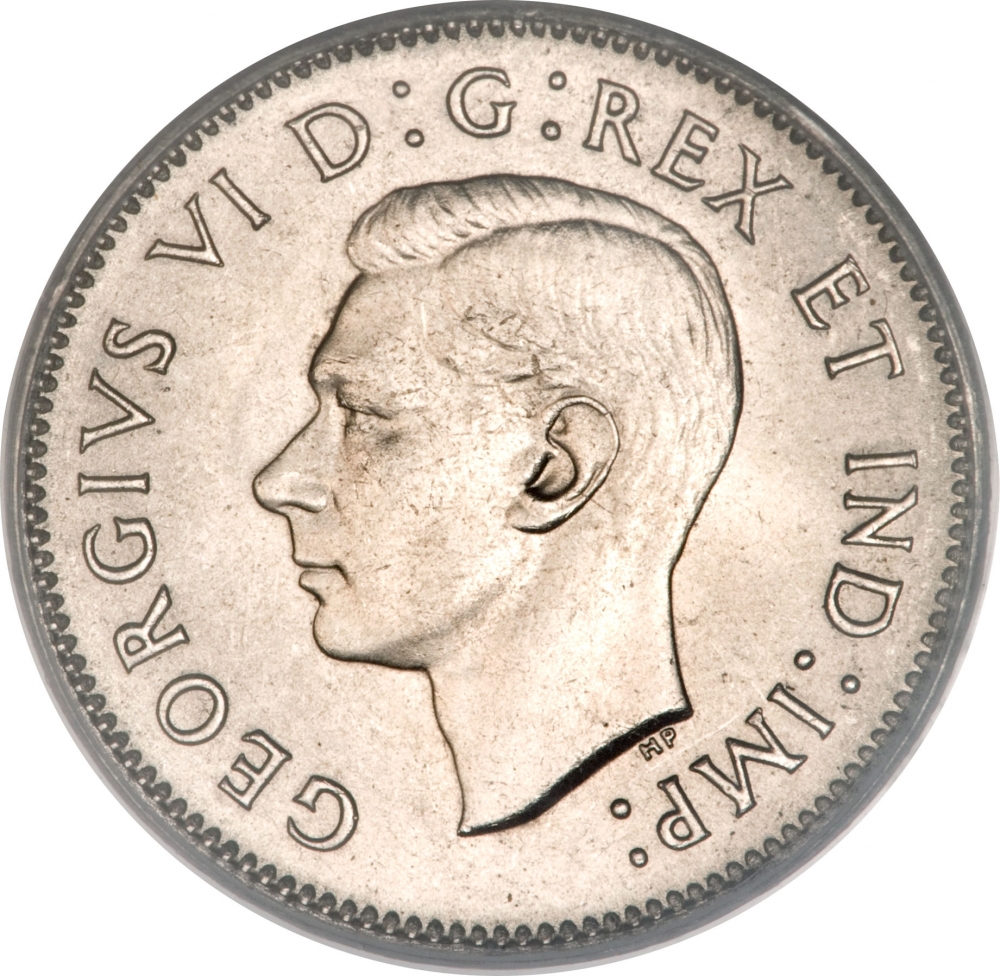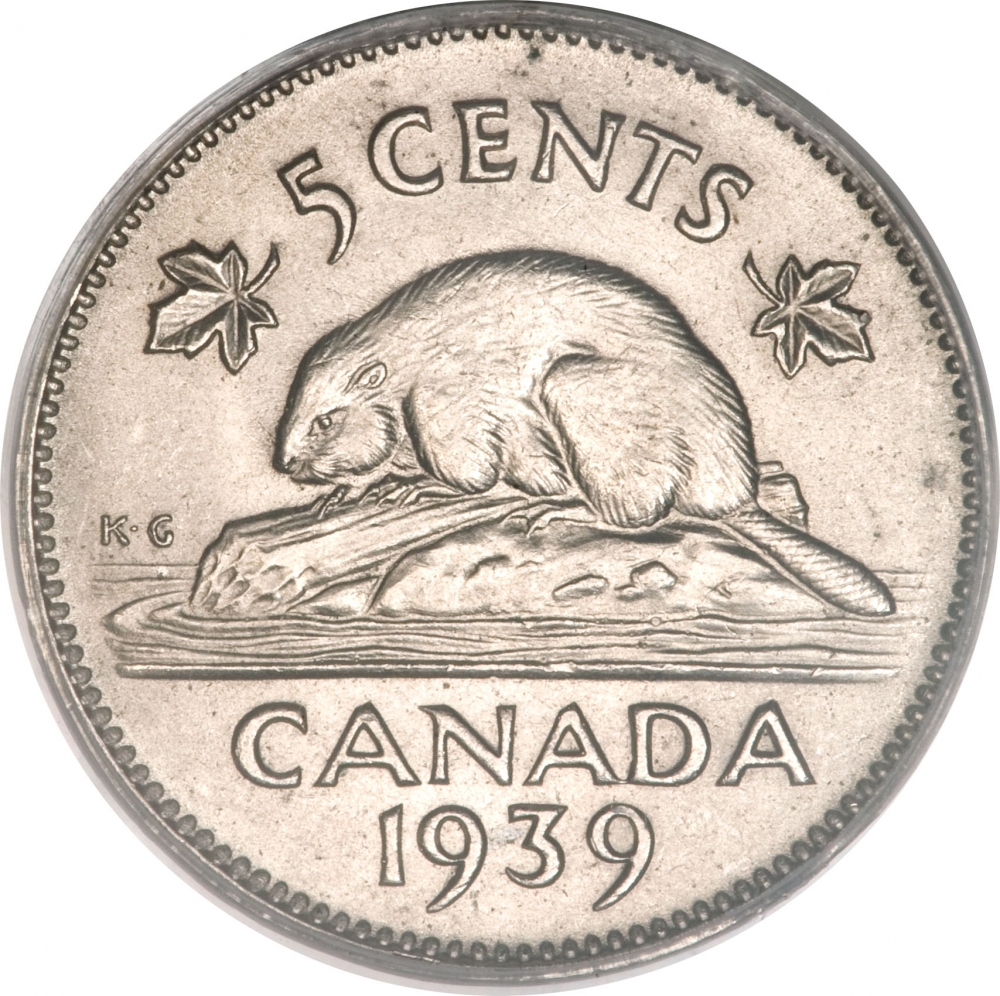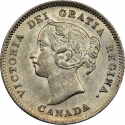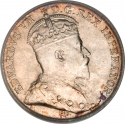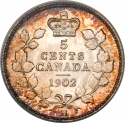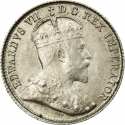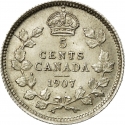You are about to finish your registration. Please check your mailbox (including spam folder). There should be a letter with a confirmation link. Check setting to make sure that your e-mail address is correct.
Send letter againDescription
The beaver has a long history in Canada as both commodity and cultural icon. The Hurons honoured the beaver hundreds of years ago as the totem of their tribe. Native peoples used the beaver emblem to sign treaties with the first colonists. Since then the beaver has appeared in the heraldic bearings of Québec City and Montreal and even marked Canada's first postage stamp. The beaver coin design was created by Canadian artist G.E. Kruger Gray and was first used in 1937.
Obverse

|
Bare head of George VI facing left, surrounded by the legend, an abbreviated translation of “George VI by the Grace of God, King and Emperor of India”. GEORGIVS VI D:G:REX ET IND:IMP: |
|---|---|
Reverse

|
Depicts a beaver (left) on a rock in a river, over the country name and date, facial value above, flanked on both sides by a maple leaf. 5 CENTS |
| Edge |
